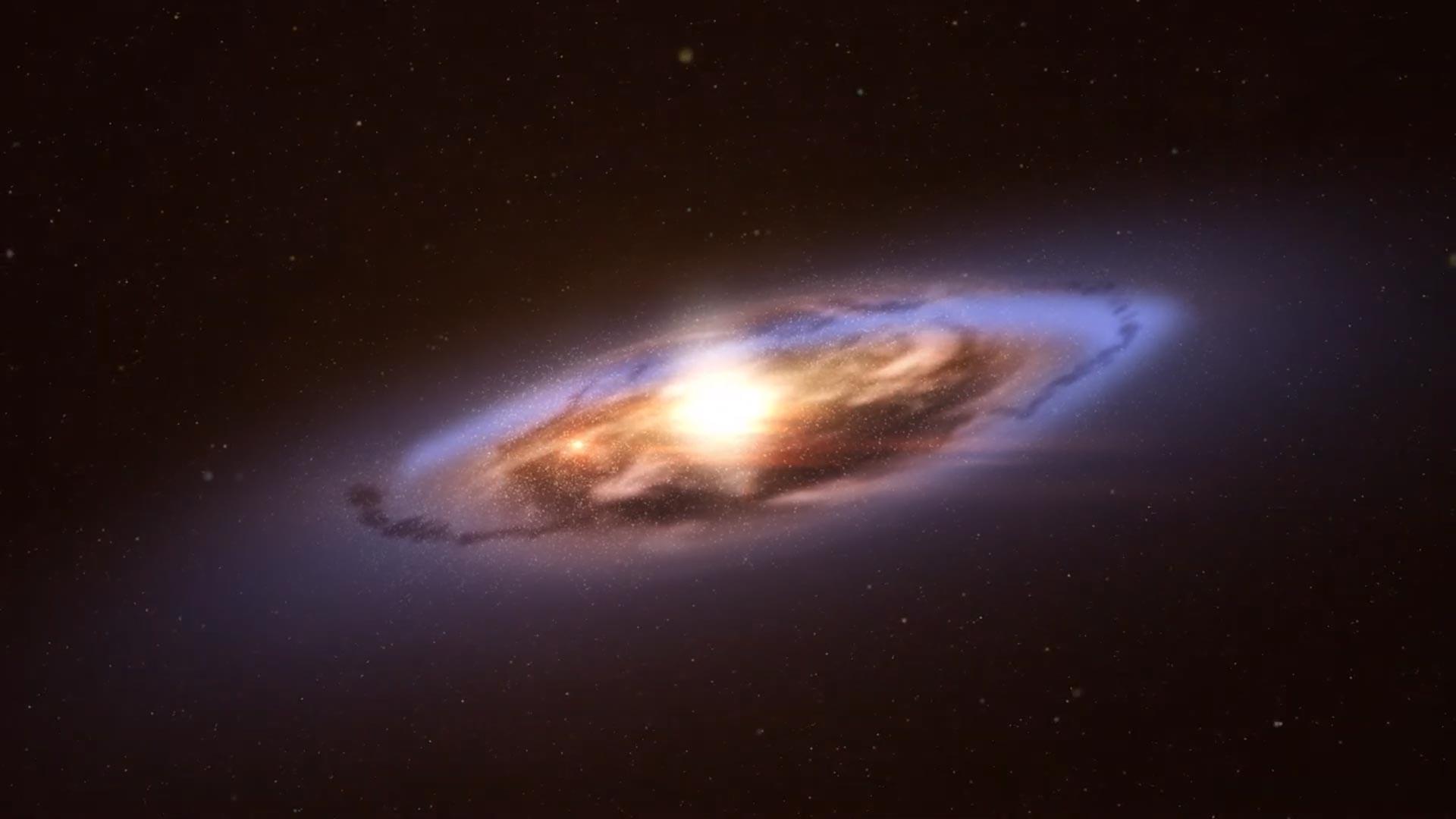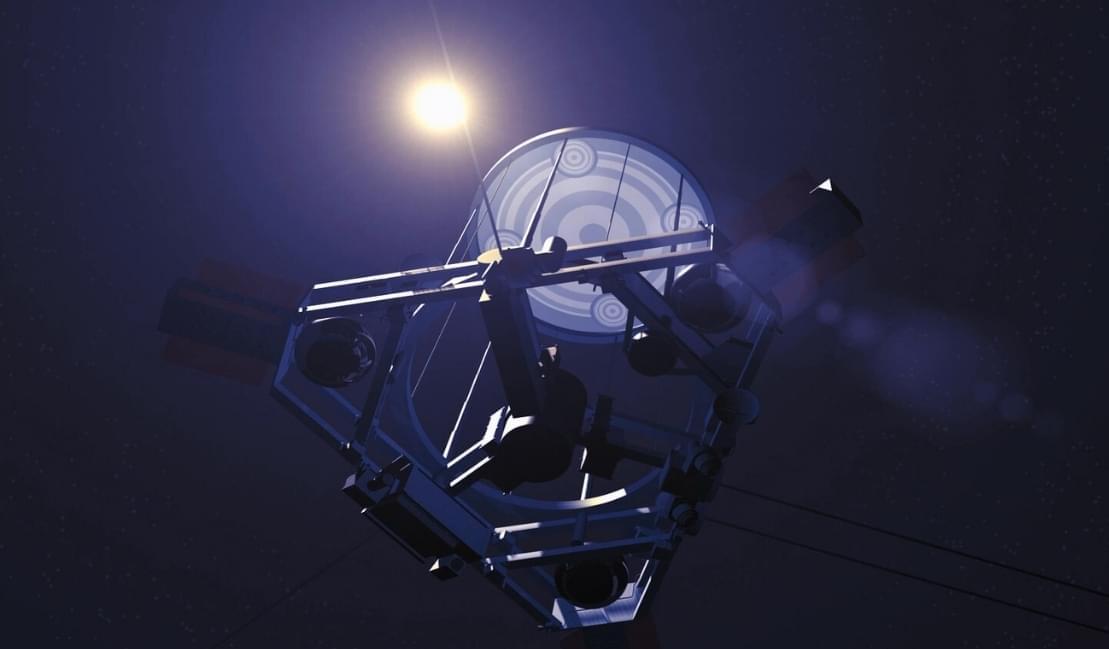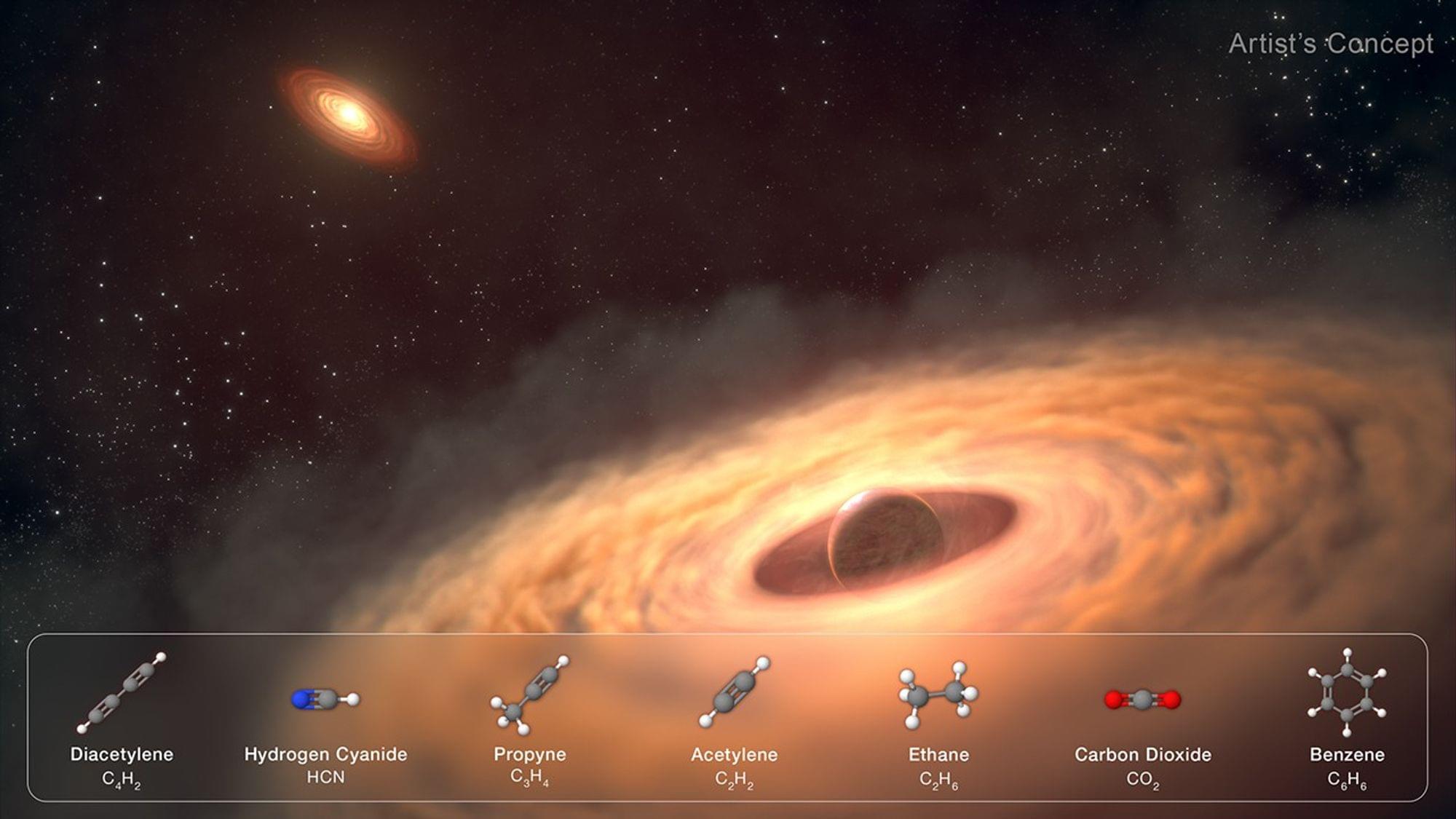Scientists from New York University Abu Dhabi (NYUAD) have uncovered new evidence that water once flowed beneath the surface of Mars, revealing that the planet may have remained habitable for life much longer than previously thought.
The study, published in the Journal of Geophysical Research—Planets, shows that ancient sand dunes in Gale Crater, a region explored by NASA’s Curiosity rover, gradually turned into rock after interacting with underground water billions of years ago.
Led by Dimitra Atri, Principal Investigator of NYUAD’s Space Exploration Laboratory, with research assistant Vignesh Krishnamoorthy, the research team compared data from the Curiosity rover with rock formations in the UAE desert that formed under similar conditions on Earth.








